History
BP – Before present. Present being 1955.
6000 BP
The sea level stabilised after the melting of the last ice age. The sea encroached on the land 2 metres literally per year. It is thought that the native Aborigines left the island at this time probably because of remoteness, although it was still attached to Stradbroke, the loss of the tidal food zone and the harshness of the terrain.
1500 BP
Midden evidence shows that the native Aborigines returned at about this time. Early European contact noted about 200 Aborigines residing on the island.
16 May 1770
Captain James Cook in ’Endeavour’ named Cape Morton and the body of water between North Stradbroke and Moreton Island, Morton Bay. They were named after the Scottish Earl of Morton who was then president of the Royal Society. He also named Moreton Bay ‘Glass House Bay’ as it appeared to be a separate water body.
1793
Misspelling of Morton to Moreton occurred in Hawksworth’s translation of Cook’s journals.
14 Jul 1799
Matthew Flinders arrived in the ‘Norfolk’ to explore and chart ‘Glass House Bay’.
31 Jul 1799
Flinders discovered that the land mouth of Cape Moreton was indeed an island and named it Moreton Island following Cook’s trend and Glass House Bay reverted to its original name Moreton Bay. Cook hadn’t been able to determine its island status as the bar was too dangerous for a closer look and he didn’t enter the bay at Cape Moreton.
January 1823
Pamphlette, Parsons and Finnegan, ticket-of-leave convicts left Sydney to fell timber at Illawong. They were caught in a storm, blown north and after 21 days at sea with very little water, desperate and near death, the three survivors managed to beach their boat on Moreton Island. When recovered sufficiently they made their way to the southern end of the island via the western beach and were transported to Stradbroke in a native canoe. They were accommodated in a large hut of their own and supplied with food, water etc. Here they remained for a week or ten days most hospitably treated. They were not permitted to approach the women’s huts for the first five or six days and at night five or six younger men would sleep outside their hut. Afterwards they were less vigilant, and the three could pass through the huts of the women. The survivors were then canoed to the mainland.
25 November 1823
John Oxley on an expedition to find a suitable place for a penal colony with fresh water discovered Thomas Pamphlett running along the beach with some native Aborigines. They’d discovered the Brisbane River attempting to head back to Sydney and could show to Oxley the site which today is Brisbane.
September 1824
The first European settlement in the vicinity was at Redcliffe. The Moreton Bay settlement, as it was called, was later moved to its present site – Brisbane.
1824-1850
South Passage was the main entrance into Moreton Bay.
1824-1833
The Aboriginal population on the island were ravaged by smallpox.
1826
Small pilot station established at Amity Point.
1842
Moreton Bay district opened to free settlement.
1846
Storm Mountain named Burnett Peak after J.C. Burnett surveyor on board the survey vessel ‘Bramble’ charting the northern sand banks and passage out of the bay.
11 March 1847
Wreck of the ‘Sovereign’. Forty four people were drowned and most of the recovered bodies were buried on Moreton Island. Ten passengers were rescued by Aborigines from Moreton and North Stradbroke Island. As a result of this shipwreck use of the South Passage was discouraged.
August 1848
Amity Point pilot station moved to Bulwer on Moreton Island. Bulwer named after
Edward Bulwer Lytton, a novelist, playwright, British MP and Colonial Secretary at the time.
1848-1509
Pilots at Bulwer guided ships into the channel.
1850
Aboriginal survivors moved to Stradbroke Island.
31 October 1853
‘Countess of Derby’ en route from Sydney via Cleveland, to London with wool and other cargo, struck the south spit and stayed there. No fatalities.
1855
The growing importance of the settlement at Brisbane resulted in greatly increased shipping activity.
14 March 1855
’Aurora’, a migrant ship from Hamburg carrying 300 passengers, tried to negotiate the south channel without charts or assistance and ran ashore on the south end of Moreton Island. No fatalities.
21 November 1855
‘Venus’ was totally wrecked on the present day Venus Shoal while entering the bay: She was sailing from Manila to Melbourne with a cargo of sugar. All crew safe.
18 February 1856
Tenders called for the erection of a Lighthouse at Cape Moreton.
21 September 1855
A light mechanism consisting of a revolving lantern, a hand wound mechanism to drive it and 21 oil lamps with reflectors had been built in London for 1419 pounds and arrived with 45 cases of machinery and a lightsmith, Thomas Heck.
1857
The 23-metre high tower was constructed with 60cm thick locally quarried sandstone blocks by thirty five good conduct civil prisoners. The iron ring bolts used for the tackle to hoist stone blocks to the upper walls still remain in the lowest wall. The lighthouse was built by NSW Government.
1857
‘Juno’, a 212 ton barge, ran aground on Moreton Island and was a total loss.
1858
The Cape Moreton lighthouse standing 96m above sea level at the north-eastern extremity of Moreton Island commenced operation. The original oil lamps and clockwork mechanism has since been replaced by electric arcs and motors and 6 amp bulb reflected through a series of upward spiraling crystals. The first superintendent was James Brayded.
1859
Queensland achieved separate identity from NSW and became a self-governing colony.
8 October 1859
‘Marina’ was grounded on the Barrier Reef and abandoned by her crew. Soon after ‘Sapphire’ was also wrecked and her crew in boats came across ‘Marina’ which looked sound. ‘Sapphire’s’ crew proceeded to Port Curtis and then on towards Sydney in her. Off Cape Moreton her seams opened up and she started to sink. The crew came off and she was burnt till she sank.
1862
‘Friends’ the schooner found upside down on southern-most point of Moreton Island. One body in an advanced state of decay was buried on the beach. No other crew were heard of. ‘Friends’ had been missing for 2 months.
25 February 1863
Notification of sales of land at Bulwer.
19 March 1863
904 ton ‘Everton’ ran aground near Cowan Cowan.
1863
Mrs Barnfield, a passenger of the immigrant ship ‘Queen of the Colonies’, was buried on Moreton Island.
1865
Goats and pigs left by the navy for shipwrecked sailors. Goats were also kept at the headland as a source of food for the lighthouse keepers. Traditionally goats have been placed at lighthouse and headland sites along the coastline but are nowadays being removed so the severe erosive damage they cause can be repaired.
1870
Watkins and Heston collected information on the Aboriginal population of Moreton Island. The island had been virtually ignored until the advent of pilot stations and lighthouses. Even then the effects on the island and its people were minimal and information collected was fairly uncontaminated by white customs and language merging.
31 Hay 1872
‘Young Australia’ wrecked on rocks at North Point near Cape Moreton. All crew safe but ship and cargo lost.
1874
A signal light established at Cowan Cowan Point.
17 March 1875
The barge ‘St Magnus’ was wrecked on Smith’s Rock 3km north of Cape Moreton.
1883
Heath Island named after Captain Heath who cut the ‘old’ or Koopa Bar at this time.
7 November 1883
Grave just south of Bulwer with a sandstone headstone and wrought iron fence for William Alexander Leslie who died at sea and was ferried ashore for burial aged 11 months 3 days.
13 July 1883
The Schooner ‘Spunkie’ sunk after it collided with the steamer ‘Ranalagh’.
16 July 1889
The 850 ton Danish barge ‘Gerd Heye’ was wrecked on the ocean side of Moreton Island near the sandhills. The remains are buried in the sands on Moreton Island. No lives were lost and the crew were found by an officer of the telephone station, looking for a break in the telephone wire.
1890’s
Telegraph line to the lighthouse established.
24 February 1894
The 640 ton Danish barge ‘Aarhus’ was wrecked on Smith’s Rock en route from New York to Brisbane. When the pilot did not arrive the captain decided to put to sea for the night. She hit Smith’s Rock and in fifteen minutes was 12 fathoms under. 14 of the crew including the captain and his wife rowed to Moreton Island.
14 March 1894
The ‘Grace Darling’ schooner moored off Bulwer for 3 days in heavy south-east winds with a full cargo of coal and dynamite. On the fourth day she lost her anchors and stranded. The crew were safe, but the schooner was a total wreck.
30 April 1895
Grave of Dorothey Newnham aged 1 year who died in her sleep at sea and was ferried ashore to be buried beside the other child’s grave south of Bulwer. This grave has a marble headstone and picket fence.
1899
Cowan Cowan lighthouse established.
Early 1900’s
The original community of Doolong was surveyed in the early part of the century. Its location, Cloherty’s Peninsula (named after the original Booloong lighthouse keeper) was eroded by the sea taking the lighthouse with it. Doolong was home for itinerant squatters, fishermen and the lighthouse.
Prewar days
‘Kalatina’ belonging to John Burke was scuttled at Bulwer, just south of Combayuro Point as a safe anchorage for small craft.
1914
Frank Day worked on the Telegraph line
26 March 1914
‘St Paul’ a French steamer hit Smith’s Rock with a load of chrome ore from New Caledonia. 18 of the 29 on board were lost.
1914-1918
World War I established Cowan Cowan as the main defense base. It gained a jetty, two government ships based there and a signal station on the hill behind, which Harry Wadsworth used to cross the swamp to light each evening. At the end of World War I Cowan Cowan, then known as Fort Rous, acquired a gun which was manned until World War II.
1 July 1915
Cape Moreton lighthouse transferred from the NSW government to Commonwealth control.
1 November 1916
Grave of Edward Jones aged 78 found in bush east of Kooringal township.
1920
Frank Day grew cultured pearls on the banks at Kooringal.
7 July 1942
‘Rufus King’, an American liberty ship, ran aground in light rain and broke in the middle. All the cargo – nine Mitchell bombers in crates, aviation fuel and medical supplies were recovered and the front half was sealed and towed to New Guinea as a floating workshop. No lives lost.
1947
Small amount of mining exploration.
1948
World War II. There were 900 troops based on the island, the encampments being at Cowan Cowan and Toompani Beach. Both installations are being gradually claimed by the sea. Cowan Cowan still has a major artillery piece, used to guard the main shipping channels into Moreton Bay during World War II. Rous battery road was constructed by the army, a jetty and naval station were established at Tangalooma and Middle Road was constructed.
1948
Frank Day worked with the troops at Cowan Cowan.
1948
As a result of the war there was an unprecedented demand for whale oil.
1950
A company called Whale Products Pty Ltd established in Sydney for the purpose of carrying out whaling off the east coast of Australia. After a feasibility study it was decided to base the company’s activities at Tangalooma.
1950
British freighter ‘Marietta Dal’ broke in half on Smith’s Rock. No lives lost.
1951
A 30-year lease over 12 hectares was granted for construction of a whale processing plant. Whale Industries Ltd took over from Whale Products Pty Ltd and secured a 5-year license for the taking of 500 humpback wales per season in a 240km area north, south and east of Tangalooma.
1952-1962
The Tangalooma whaling station which began operation ln 1952 was Queensland’s first and only whaling station. Tangalooma was selected as the site because of its relative protection, access to fresh water and proximity to Brisbane and the migration track of Humpback whales just off Cape Moreton. The station consisted of a factory surmounted by a frensing deck with a log ramp into the bay to land the whales, a jetty, steam generator and staff accommodation. The season lasted from 1 June to 31 October. The station could handle eleven whales per day, requiring 140 staff during the season and 12 for the rest of the year. The station operated very successfully.
1952
Telegraph line to the cape abandoned.
1955
Extensive mining exploration undertaken leading to a short period of mining.
1957-1958
Mining plant set up at Tangalooma Point, the sand being mined in the vicinity of Eagers swamp. 6,200 tonnes of rutile and zircon were shipped out, but it was not a profitable operation.
1959
World prices for whale oil began to fall.
1961
Whales became extremely scarce virtually overnight due to indiscriminate killing in Antarctic waters. The factory ships which were unsupervised readily cheated on their quotas.
5 August 1962
By the 1962 season whaling at Tangalooma was no longer an economic proposition so the station closed.
1962-1976
Frank Day moved back to the Kooringal district. He gave his name to ‘Day’s Gutter’.
21 June 1963
Tangalooma sold to a syndicate which proposed to turn the station into a tourist resort and began operation in the same year with provision for 80 guests. One of the original buildings is still in use – the frensing deck houses the tennis courts and the rooms beneath are now the squash courts. The log ramp and jetty have long since decayed and even this remaining section will soon be replaced by Timeshare apartments.
1966
‘The wrecks’ anchorage established with a section dredge, ‘Ramora’, a hopper barge named ‘Dolphin’ and an old bucket dredge ‘Maryborough’ just north of Tangalooma, forming a safe harbour for watercraft. Later the Oki, Grapher, Barmagui, Beam, Morwong in 1974, Southgate, Platypus II, Seal and Echereis were included.
Late 1960’s
Kooringal established around the namesite of Frank Day, the ‘old man of Moreton Island”. Kooringal is Moreton Island’s largest township and houses the Moreton Venture and an old western style store and petrol bowser.
1968+
Curtin artificial reef located with the northernmost part 2080 feet due east of the Northern Measured Mile Beacon, Cowan Cowan. It covers 1200′ X 400′ in the Yule Reeds – Bulwer Wrecks area of Moreton Bay.
1971
National Parks 6 719 hectares 1st Schedule
1975
According to records kept between 1935 and 1975 Reeders Point has lost 1000 meters of the southern tip over 40 years.
4 August 1982
‘Katie Marie’, a 15 metre timber hull trawler wrecked off Spitfire Creek.
1983
Mt Tempest National Park extended to 9,360 hectares or 58% of the island.
22 January 1986
Mt Tempest National Park changed to Moreton Island National Park with an extension to 89%.
1986
Jessie Wadsworth who spent most of her life on the island died at the age of 83. She was the daughter of one of the lighthouse keepers and married Harry Wadsworth who kept the signal light at Cowan Cowan.
1986
Squatters evicted from Commonwealth and National Parks.
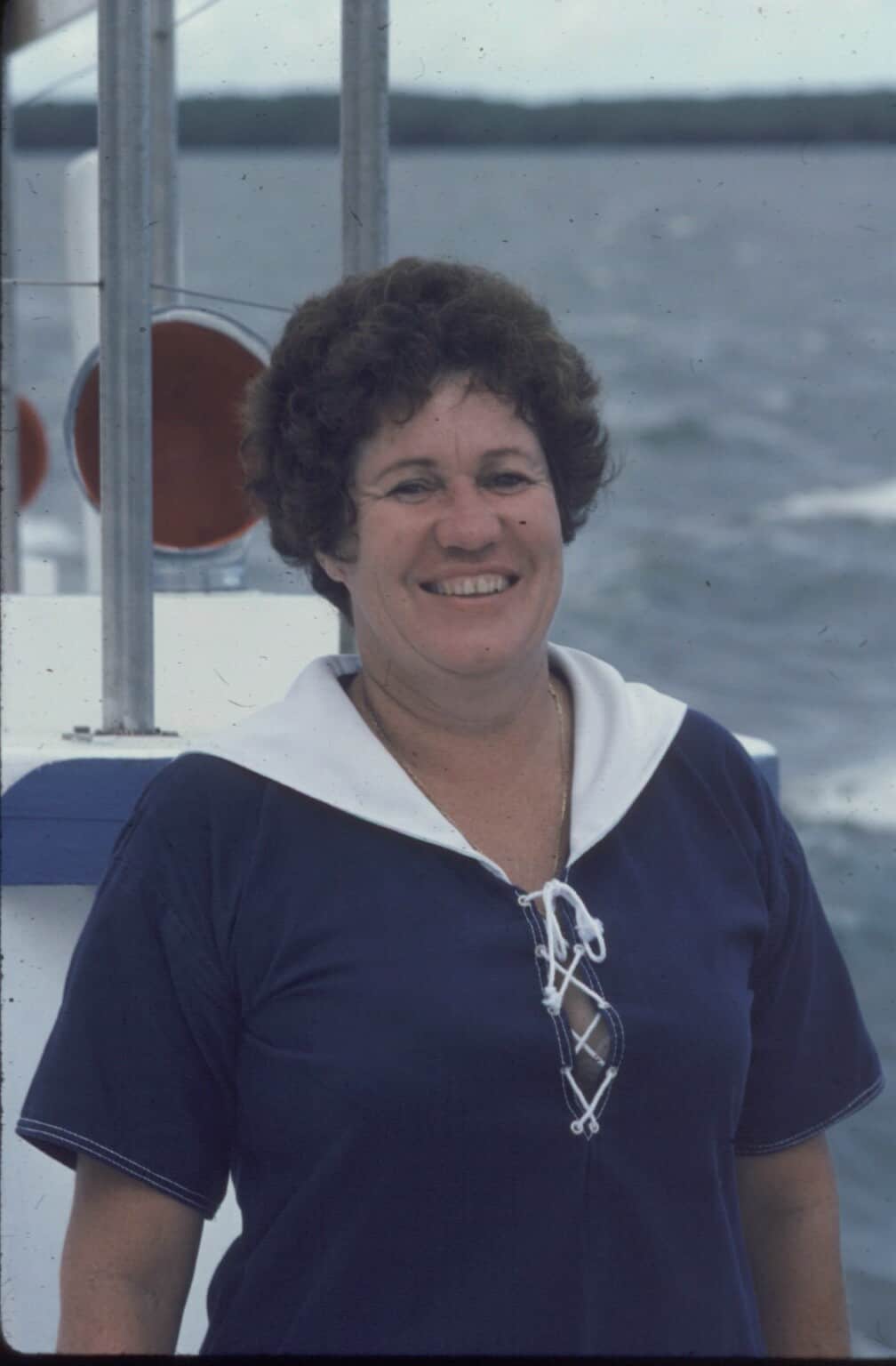



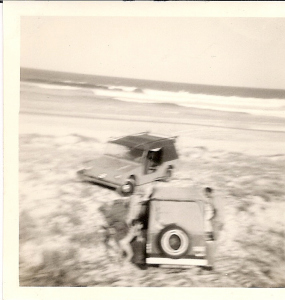
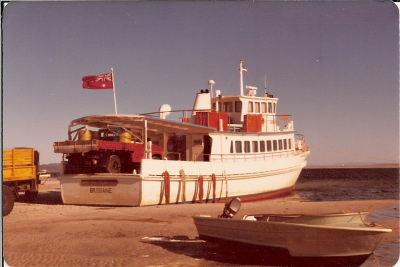
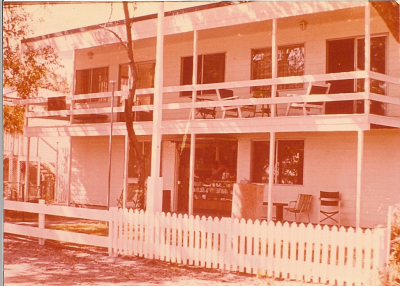
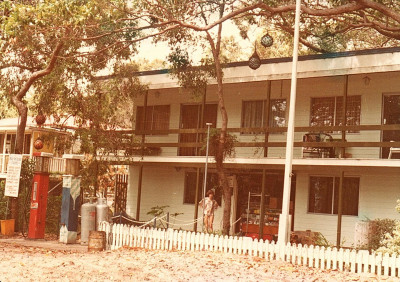
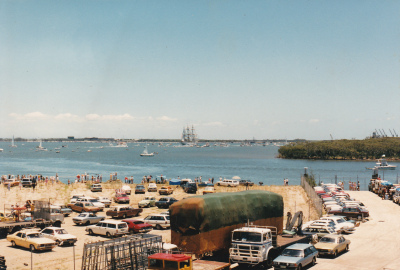
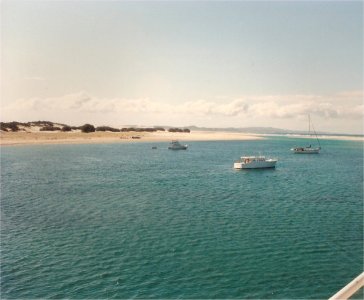
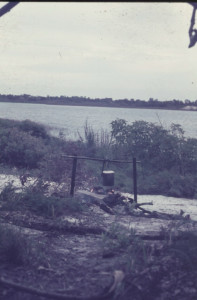
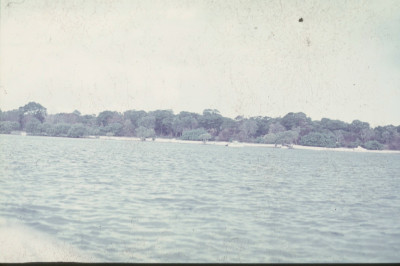
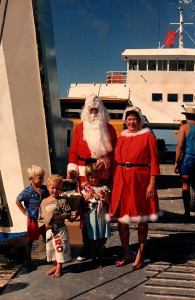
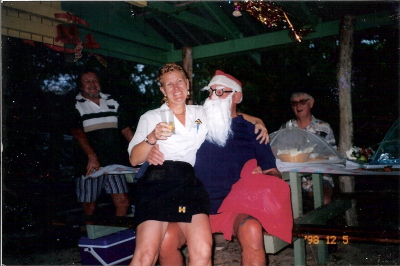
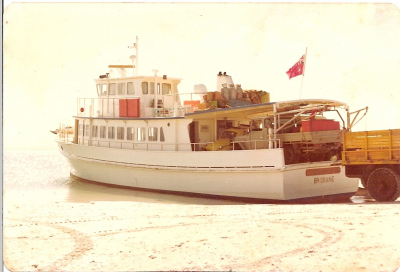
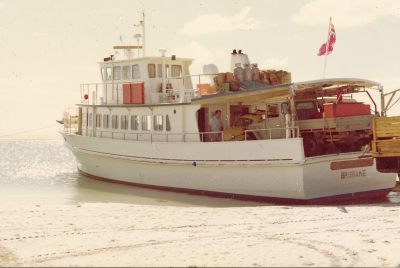
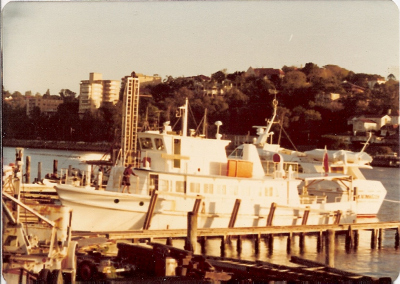
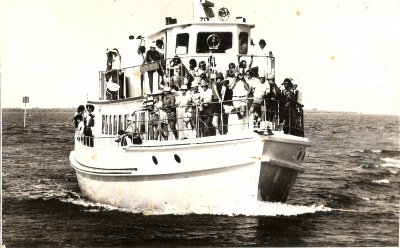
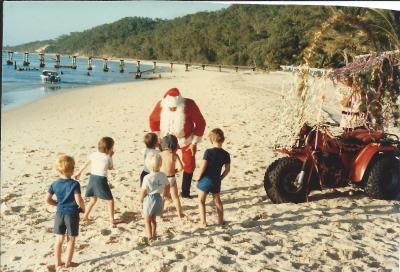
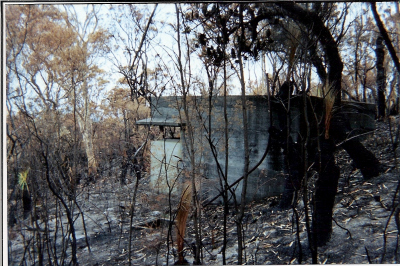
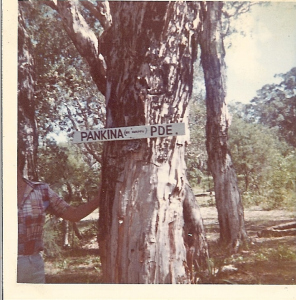
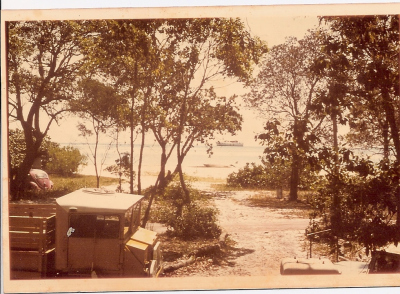
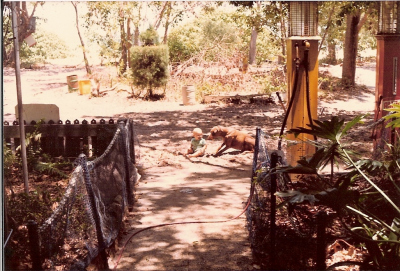
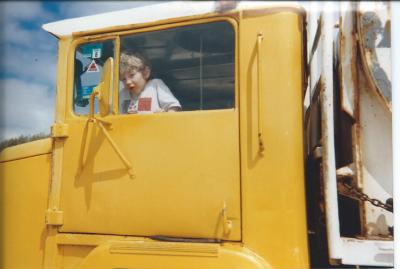
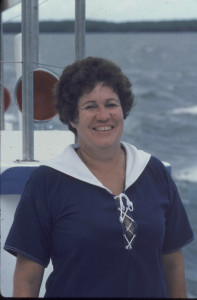
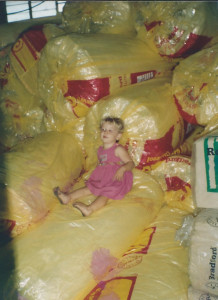
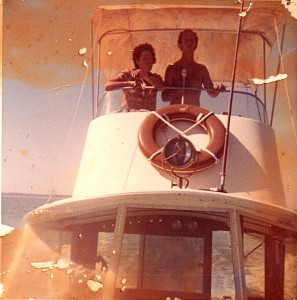
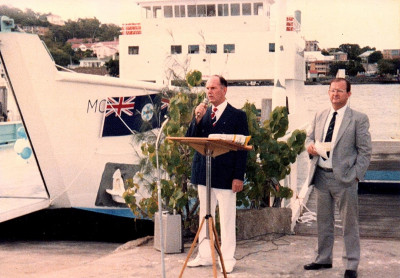
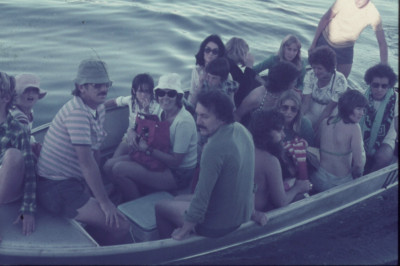
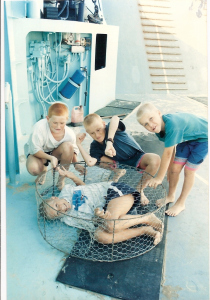
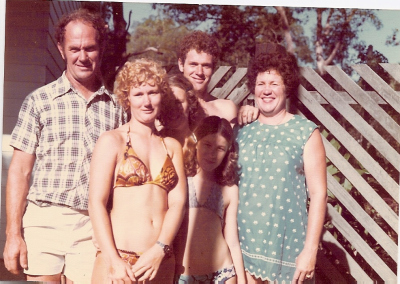
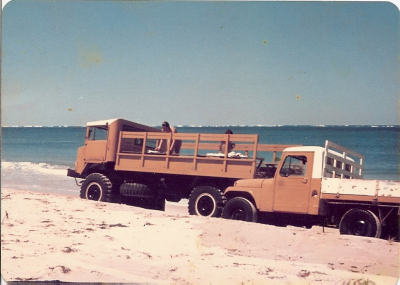
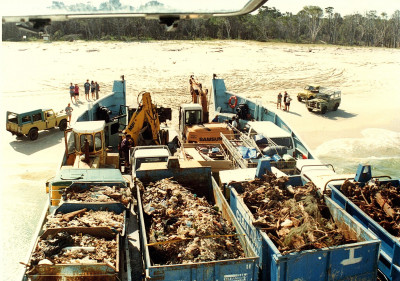
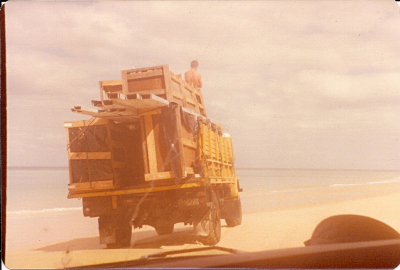
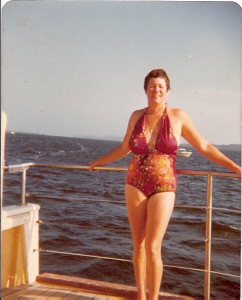
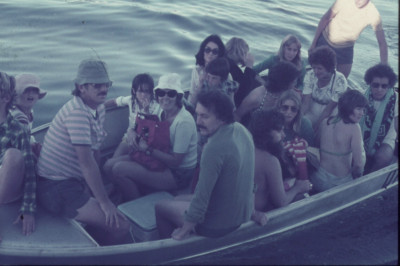
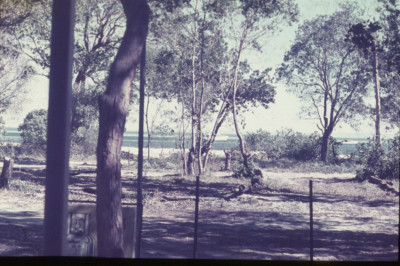
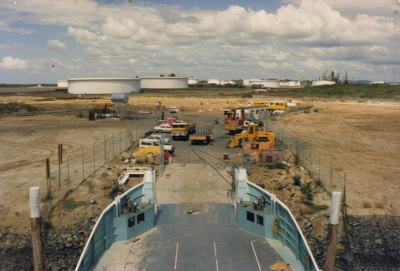
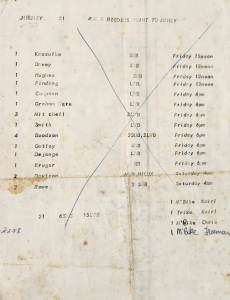
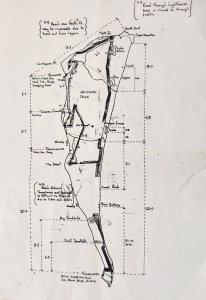
Leave a Comment
Very informative!! We started going over to Moreton Island in the late ‘60’s staying at the Army Huts which were looked after by the Moreton Bay Boat Club at Cowan Cowan. Later my family moved up to Bulwer and they were allowed to build a hut on Claude Robinson’s fishing lease. My mum found 3 blocks of land for sale at Bulwer, which turned out to be part of the pilot station. Our surname is Blinks
Excellent timeline!!!
We started visiting Moreton Island in the late 1960s, first time at Tangalooma where guest accommodation was in the old fibro huts which had been built for the whaling personnel. The atmosphere was laid back to say the least and we had such a good time we visited Tangalooma many times.
We also stayed many times in the old army huts leased by the Moreton Bay Boat Club. Pretty primitive in the early days, with external showers fed by 1 shilling. Over the years the facilities were improved and we were very pleased to see the last of the kero fridges.
We still love Moreton and with a large family have for the last 5 years hired houses at Cowan Cowan. where the young children can play safely on the beach without traffic, other than those used for services.
Cannot believe its been over 50 years, but what great experiences.
Really love the island and will keep returning as long as possible..
Our first camping trip to Moreton Island was in the 80’s,and we had many more after that.
we have very fond memories of Neville, Shirley and family and our trips on the Moreton Venture. Had a “ smiley pie” every time. 😀 We had lost contact with them and we were saddened to read that Shirley had passed away.